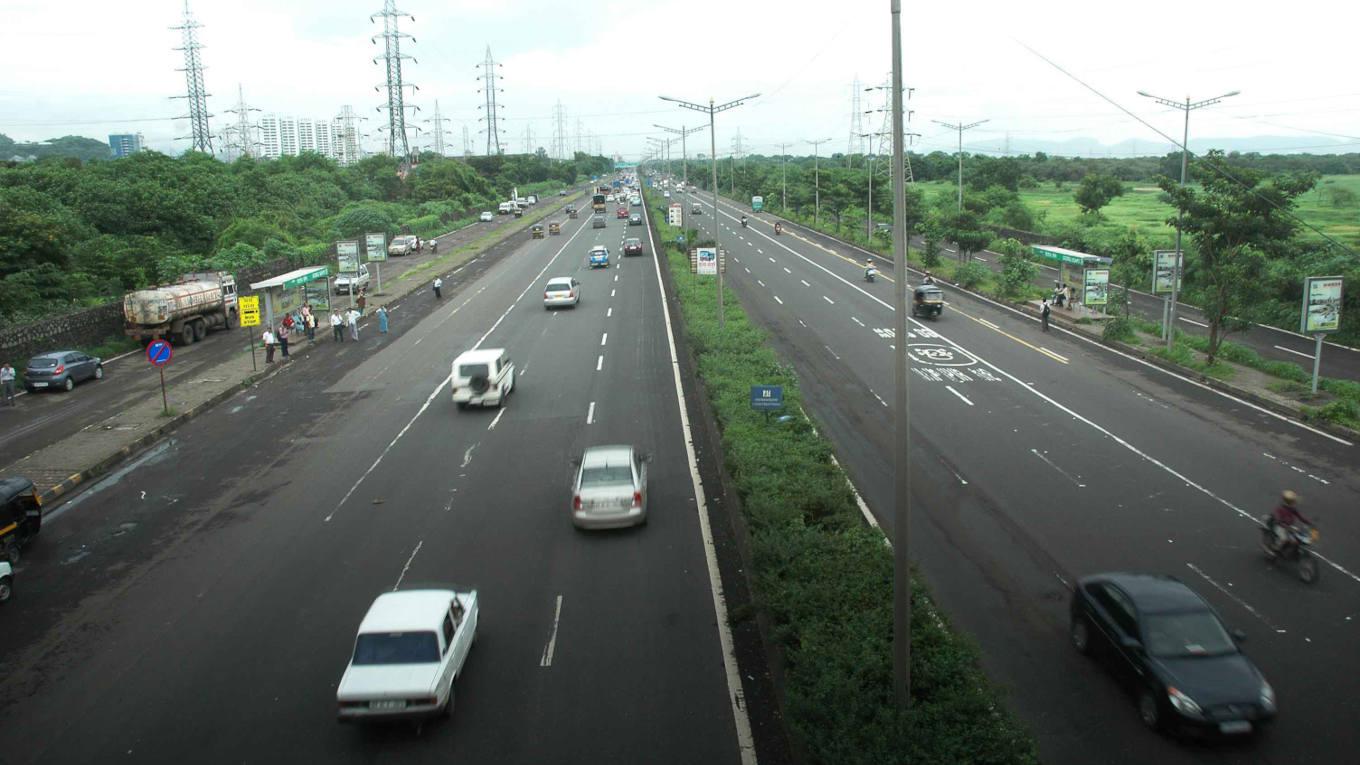The government has taken the bold step of incentivising industries, announcing capex plans for roads, railways, gas pipelines, textile, food processing, power sector and other infrastructure including development of fishing ports. The overall capital expenditure for 2021-22 has been upped to Rs5.54 lakh crore from the expected actual capital expenditure of Rs4.39 crore in 2020-21. States and institutions will also be given funds for building.
The rationale here is that, for becoming a $5-trillion economy, India needs to scale up its manufacturing and become more competitive to become a part of the global supply chain. As part of the earlier announced Atmanirbhar Bharat Mission, the government has identified 13 focus sectors, for which production-linked Incentives (PLI) have been announced. These include textiles, food processing, electronics, telecom, special steel, automobiles, solar photo-voltaic modules and white goods, amongst others, in addition, medical devices, mobile phones and active pharma ingredients (API). For promoting investments in new sectors and making the industries competitive, it has earmarked an outlay of Rs1.97 crore to be spent over a five-year period.
“Any PLI initiative is good and required for attracting investments in the country to make it globally competitive for boosting exports,” says Vivek Bhatia, MD and CEO, Thyssen Krupp Industries India, a part of the Thyssen group. Bhatia, appreciative of the budget, applauds the government for taking a bold decision to pursue growth. For capital goods industries, in particular, he says it is an encouraging budget, moving in the right direction.
However, if the government is really serious about getting foreign investments in new projects, it should also help prospective investors to get steel and power at globally competitive costs. In the case of steel, prices have gone through the roof and power prices are different in various states. “I believe that besides plug-and-play models, the government has to consider a few out-of-the-box initiatives to compete for investments, which also have the option of going to Vietnam, China or Indonesia.”
-

Highway to growth? Photo credit: Sanjay Borade

































